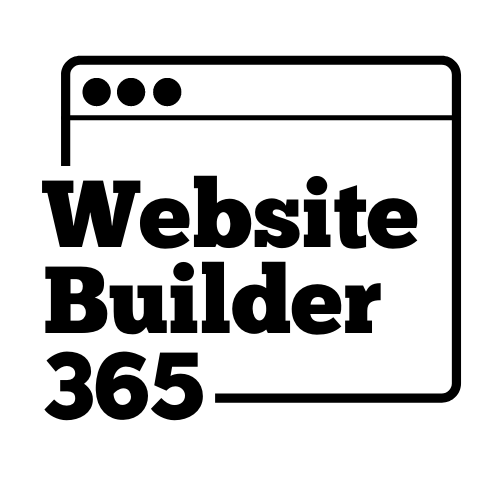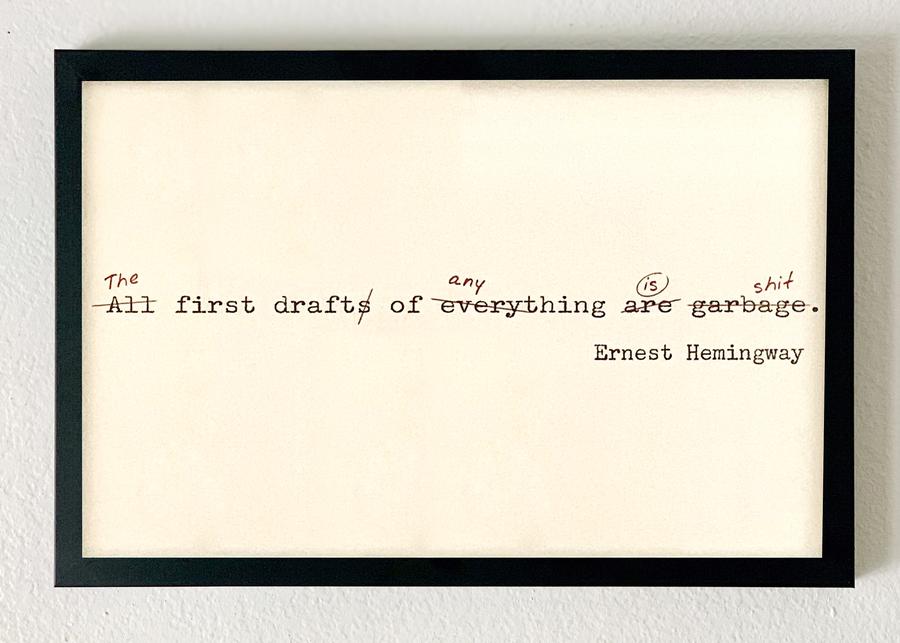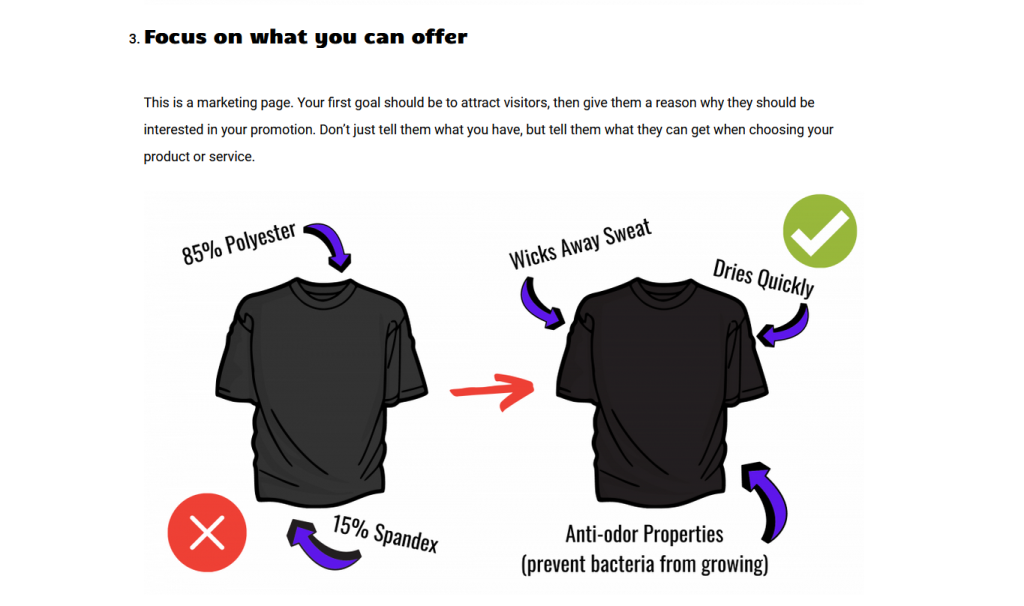How to Avoid Writing Too Much Content?
“More the merrier” or “simple is the best”, the long-time debate among marketers when it comes to writing blog posts. There is no definite answer to this, each has its own rationale. It all comes down to what exactly you are trying to achieve.
I wouldn’t deny that long-form content works for specific types of topics and purposes. There are a range of factors when deciding how long a piece of content should be. But generally speaking, I would say shorter articles tend to work better for the majority of blog posts.
While this article is about writing shorter blog posts, this is not to say long-form content is bad. Rather, it is more about the reason, the mentality you have when approaching word counts.
Why Might Too Much Content Be Bad?
You are overwhelming your visitors
With the rise of smartphones, an increasing number of media outlets, and more and more people joining the content creation space. We are now living in an era where people have to deal with a sheer amount of information every single day.
Imagine having your notifications constantly ringing, receiving email updates every day, or seeing 10 new 2000-word articles in a week, you’re likely to feel overwhelmed sooner or later. Worse, they will simply close the tab, and there go your potential lead.
Search engines read, but humans make the conversion happen
Traditionally, marketers have been writing long-form content to stuff more keywords and phrases. This is called “keyword stuffing”, one of the more common search engine optimization (SEO) tactics for getting a higher web page ranking by bumping up the frequency and density of keywords.
But there are two issues here.
- Google has been focusing more on user experience.
Meaning that if actual humans dislike your content, regardless of the quality. Your ranking might suffer
- Actual human beings are the ones making conversions and driving sales.
If you are stuffing words and writing longer just for SEO purposes, you are potentially pushing people away from your website.
Too much content can hurt your business
You can have the best content ever with very useful information and hard to resist the call to action (CTA). But if no one is reading it, you can’t convince them to take action, you end up with low or even zero conversion. All your effort will be wasted and you’ll end up losing businesses.
How Should You Write?
Prioritize your information
A good copy provides all the necessary details, presented nicely and cleanly that is easy to consume and digest. If you find yourself finishing writing what is needed in 800 words, keep it that way. There is no point to add words just for the sake of bumping up the word count. Don’t waste your reader’s time.
Edit, edit, and edit
We always want to edit our content before publishing it. The first draft is always a draft, and there are always things to work on even if you’re a professional writer. Just like what Ernest Hemingway had famously said:
“The First Draft of Anything Is Shit”
Credit: Daily Stoic Store
In an ideal situation, it would be great if there is another pair of eyes to take a look at your work. It is hard to write and edit your own work. But if unfortunately, you have no one but yourself to do this job, first don’t rush into it. Let the copy sit for a while after you’ve finished writing it, and refresh your mind before getting back to editing your work.
When you are editing, ask yourself the following questions:
- Is there any “good-to-know information? Will it affect the overall understanding of your piece if you take that information out?
- Possible to trim down your sentences?
- Are there any words where an average reader might not understand? (The jargon, or industry lingo)
Add visuals and structure your content
There are a lot of ways to present your content.
- Make use of “formats”—Headings, subheadings, paragraphs, lists, etc.
- Visualize to diversify and make content more engaging
Formatting your text helps to structuralize and declutter the long paragraphs. In some cases, formatting can also help to enhance the delivery of your messages. Say you are giving suggestions on how to brew great coffee, it will probably work better if you present the steps using the number list, as compared to putting it in paragraphs.
In some cases, if you have tons of data or are presenting some complex ideas and steps, visualizing it might help readers to better understand what you want to talk about.
As a reference, take a look at the “Focus on what you can offer” section in the “How to create a landing page” article.
How Much Should I Write?
HubSpot suggests writing 2100 to 2400 words for SEO purposes, but also stated that a third of their top 50 most-read posts were under 1500 words. Confusing right, so where does that leave us?
Again, as I said earlier, there is a definite answer to how long content should be. The key is to write a good copy so people, actual human beings, can easily consume and understand your content. Don’t blindly go for the word counts, a 2000-word content can be useful for a “how-to” guide, but probably not for a product review.
Optimizing for search engines is important, it helps to increase your content’s visibility. But more importantly, the ultimate aim is to attract, engage, and convert visitors into leads.
Try out Website.com’s website builder if you are looking for a simple tool to quickly set up a website. However, if you are looking for an option that offers more flexibility and control over your website, go for WordPress instead.


